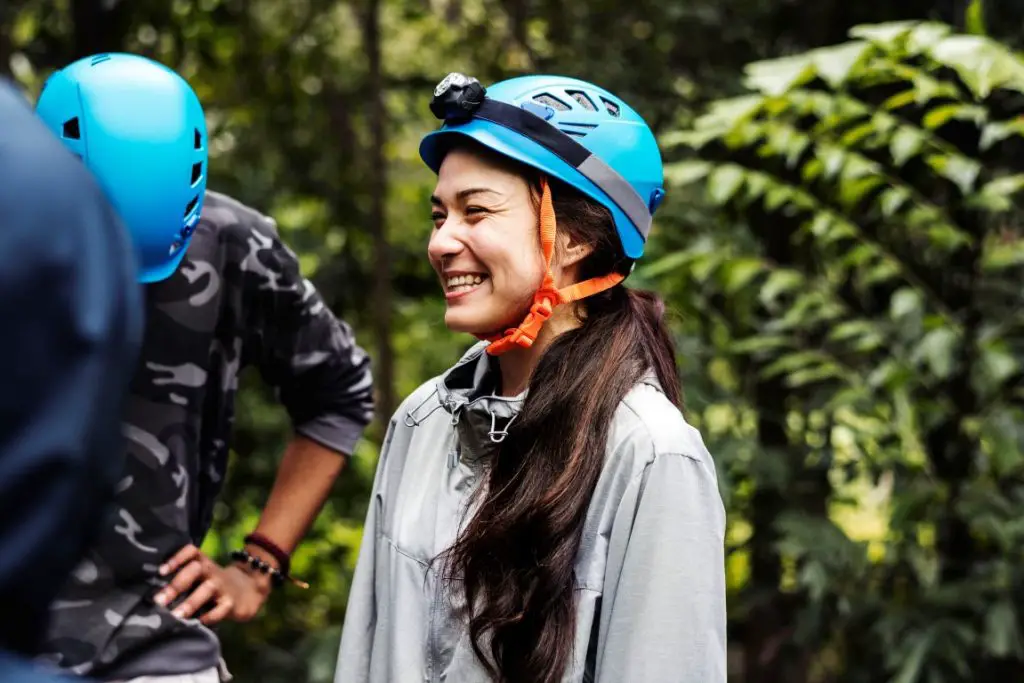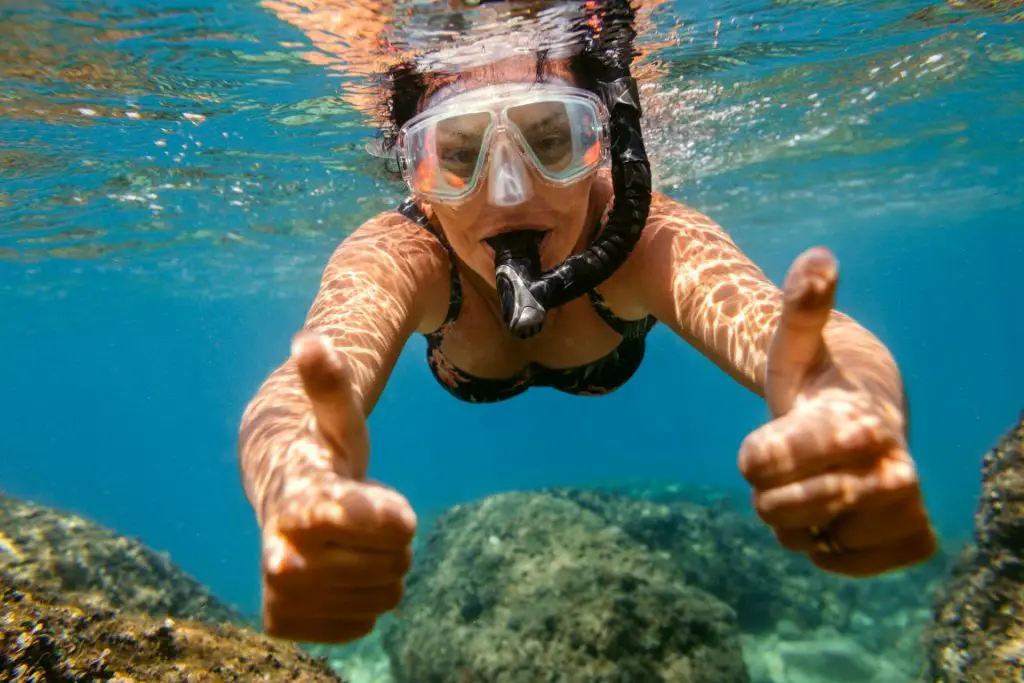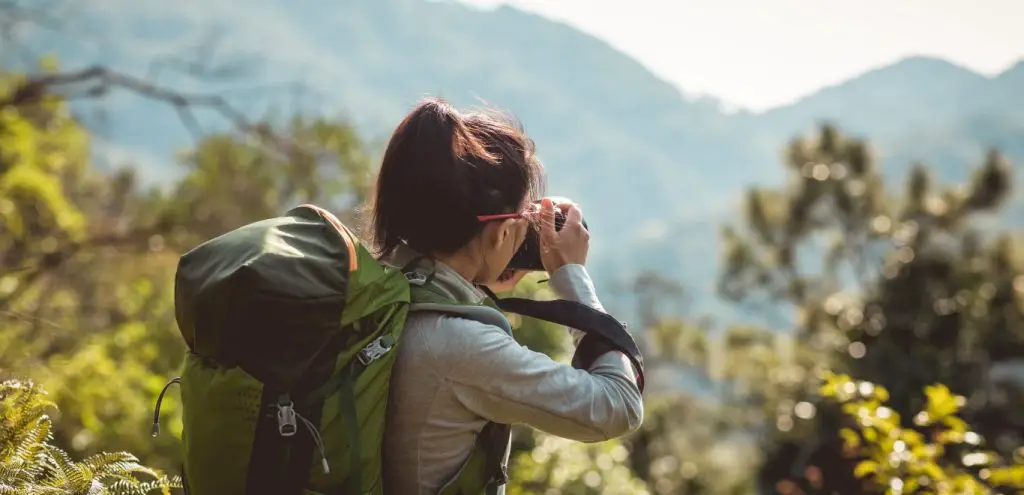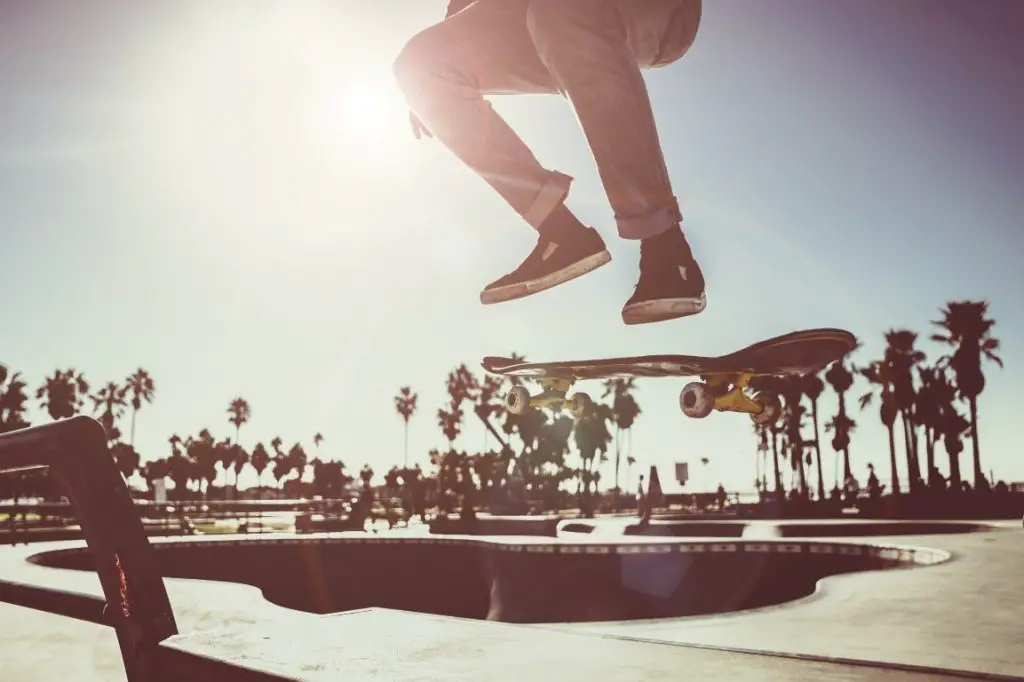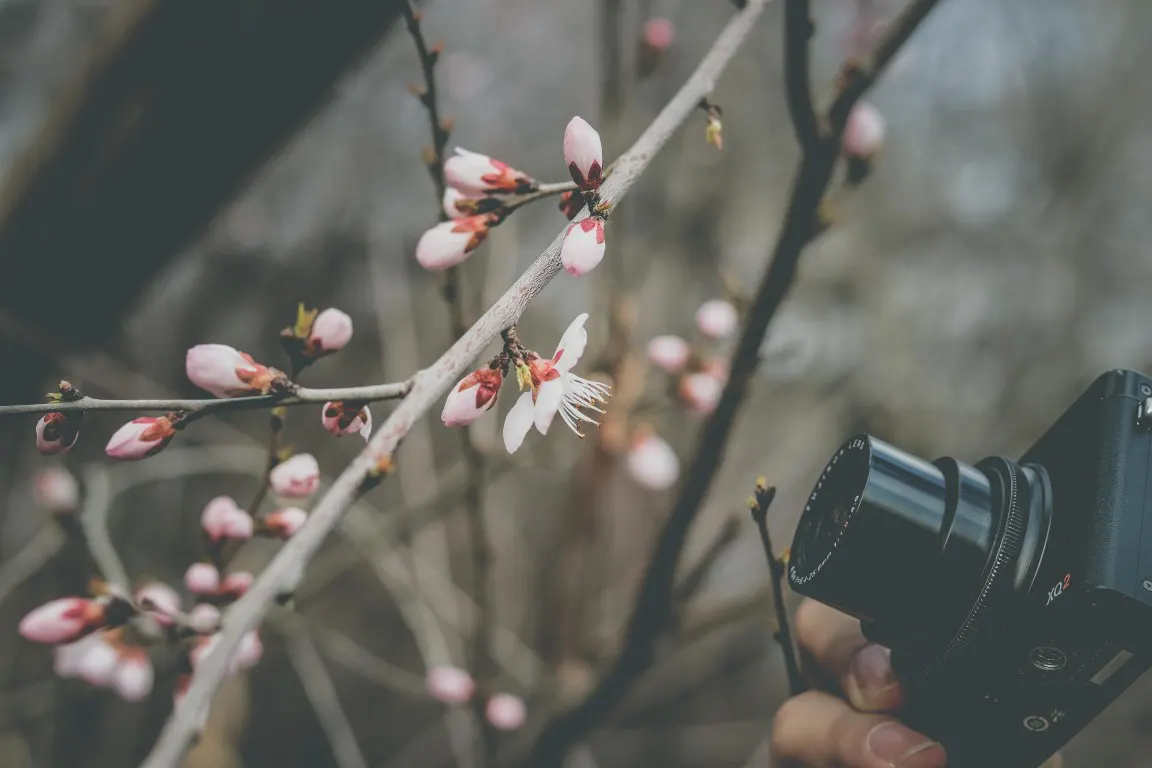
Have you ever marveled at the intricate details of a dewdrop on a leaf or the delicate wings of a butterfly captured during an adventurous hike? Such mesmerizing shots are often the result of using a macro lens, a vital tool for any adventure photographer.
In this piece, I’ll delve into my top picks for the finest macro lenses suited for adventure photography in 2023. Additionally, I’m eager to impart my expert insights, ensuring you maximize the potential of your macro lens across diverse adventurous escapades.
Let’s dive in!
My Top Picks:
What is a Macro Lens in Adventure Photography?
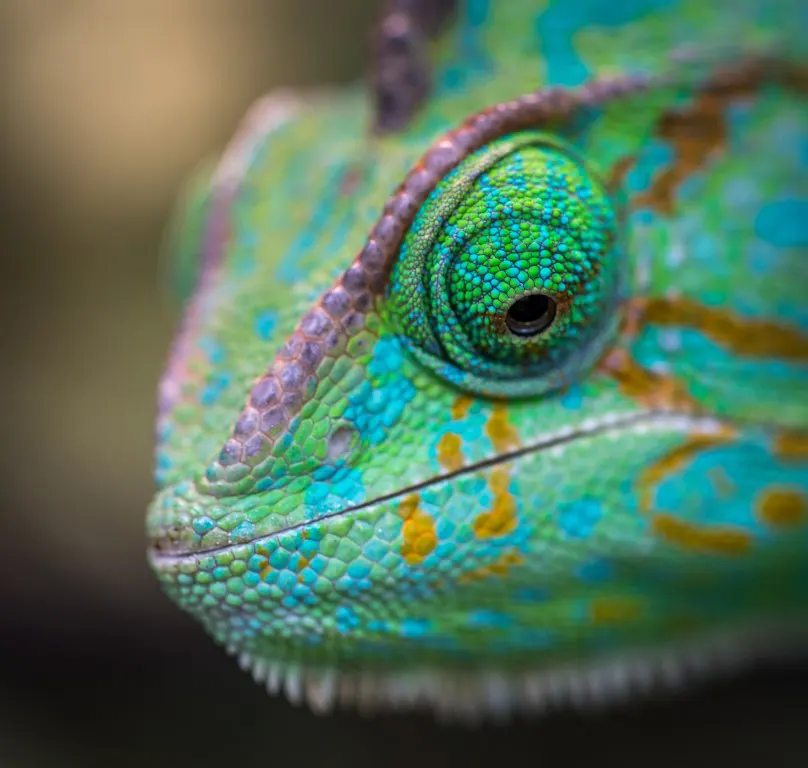
A macro lens captures subjects at close distances, often with a 1:1 magnification ratio, meaning subjects appear life-sized on the camera sensor, revealing unparalleled detail (Clini et al., 2016).
They allowed me to get incredibly close to my subjects, unveiling intricate details that I’d never noticed with my own eyes.
While I often found standard lenses struggling to focus on these close-up wonders, my macro lens never disappointed, consistently producing sharp and detailed images.
Top Macro Lenses for Adventure Photography
The market offers a plethora of choices tailored for adventure macro photography. Below are my top picks specifically curated for adventure photographers.
1. Canon EF 100mm f/2.8L IS USM
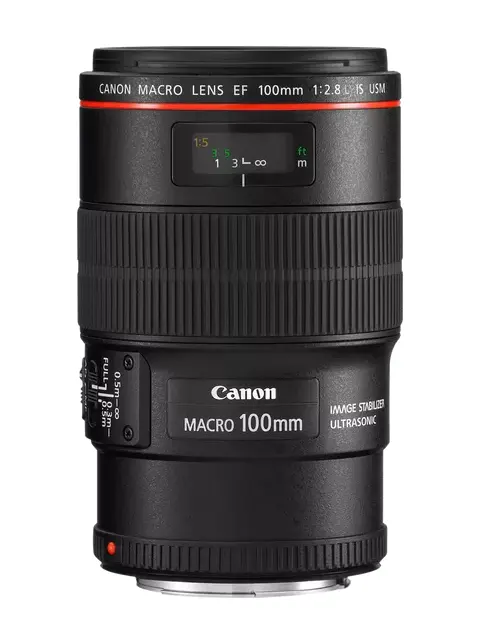
Source: canon-europe.com
One of my top picks among Canon lenses, since it offers image stabilization, a 1:1 magnification ratio, and sharp images.
Its sturdy design, spot-on focus, and exceptional macro detail have consistently captured the essence of my adventures. It’s my go-to lens for capturing nature’s finest details.
2. Nikon AF-S VR Micro-NIKKOR 105mm f/2.8G IF-ED
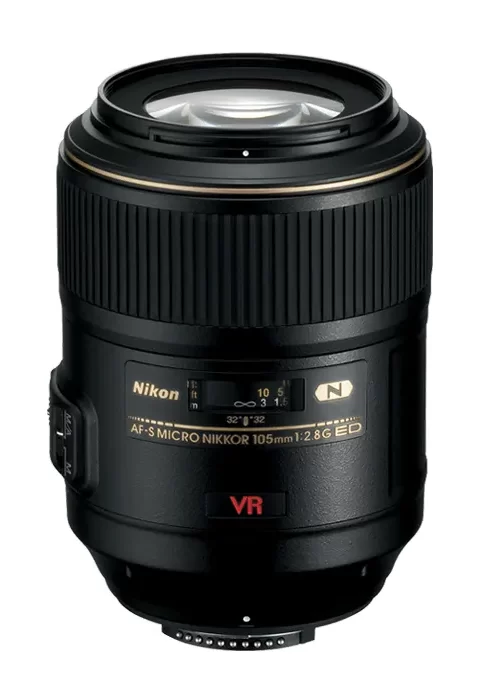
Source: nikonusa.com
The AF-S VR Micro-Nikkor 105mm f/2.8G IF-ED stood out as their pinnacle in macro photography. Its vibration reduction ensured steady shots, and the image quality was consistently impressive.
I particularly appreciated the extended focal length, which gave me ample room to capture the intricate details of flowers, insects, and other small wildlife.
Plus, its medium-telephoto view was perfect for crafting captivating portraits.
3. Sony FE 90mm f/2.8 Macro G OSS
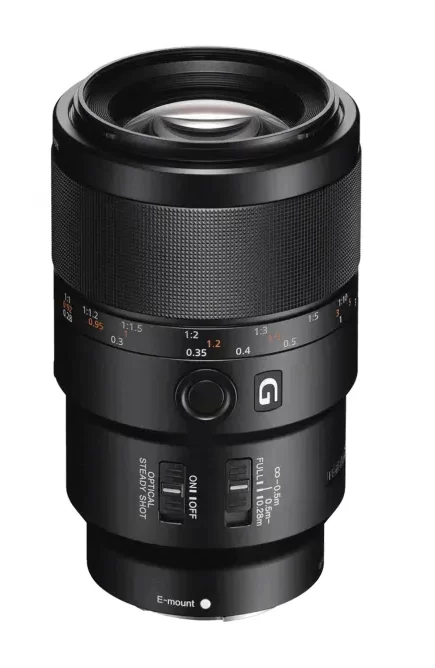
Source: electronics.sony.com
For anyone serious about macro photography or looking for a versatile lens that can also handle portraits, I recommend the Sony FE 90mm as a top-tier choice.
With its Optical SteadyShot stabilization, this lens guarantees crisp, blur-free images, even in challenging conditions. I found that its macro capabilities are exceptional when capturing the minutiae of subjects with unparalleled clarity and detail.
4. Sigma 105mm f/2.8 EX DG OS HSM Macro Lens
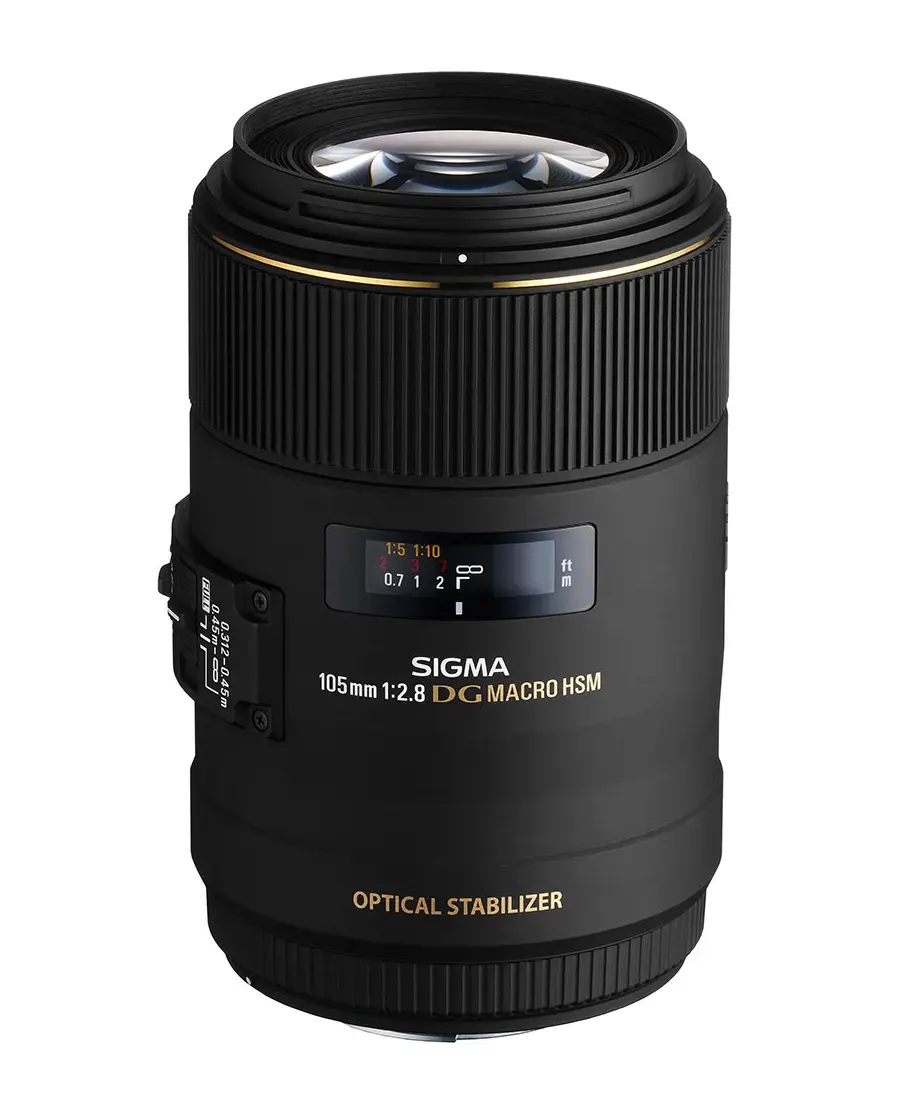
Source: sigmaphoto.com
The Sigma 105mm f/2.8 Macro Lens has been exceptional in my adventure shoots. Its Optical Stabilization captures sharp details effortlessly, while the HSM ensures silent, swift focusing.
For photographers seeking a reliable and high-performing macro lens, the Sigma 105mm is a compelling choice.
5. Tamron SP 90mm f/2.8 Di VC USD Macro 1:1 Lens
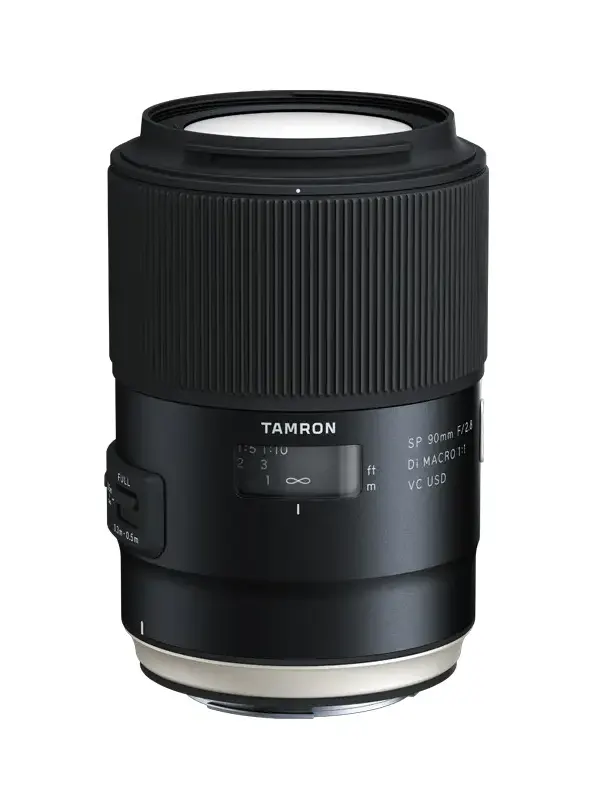
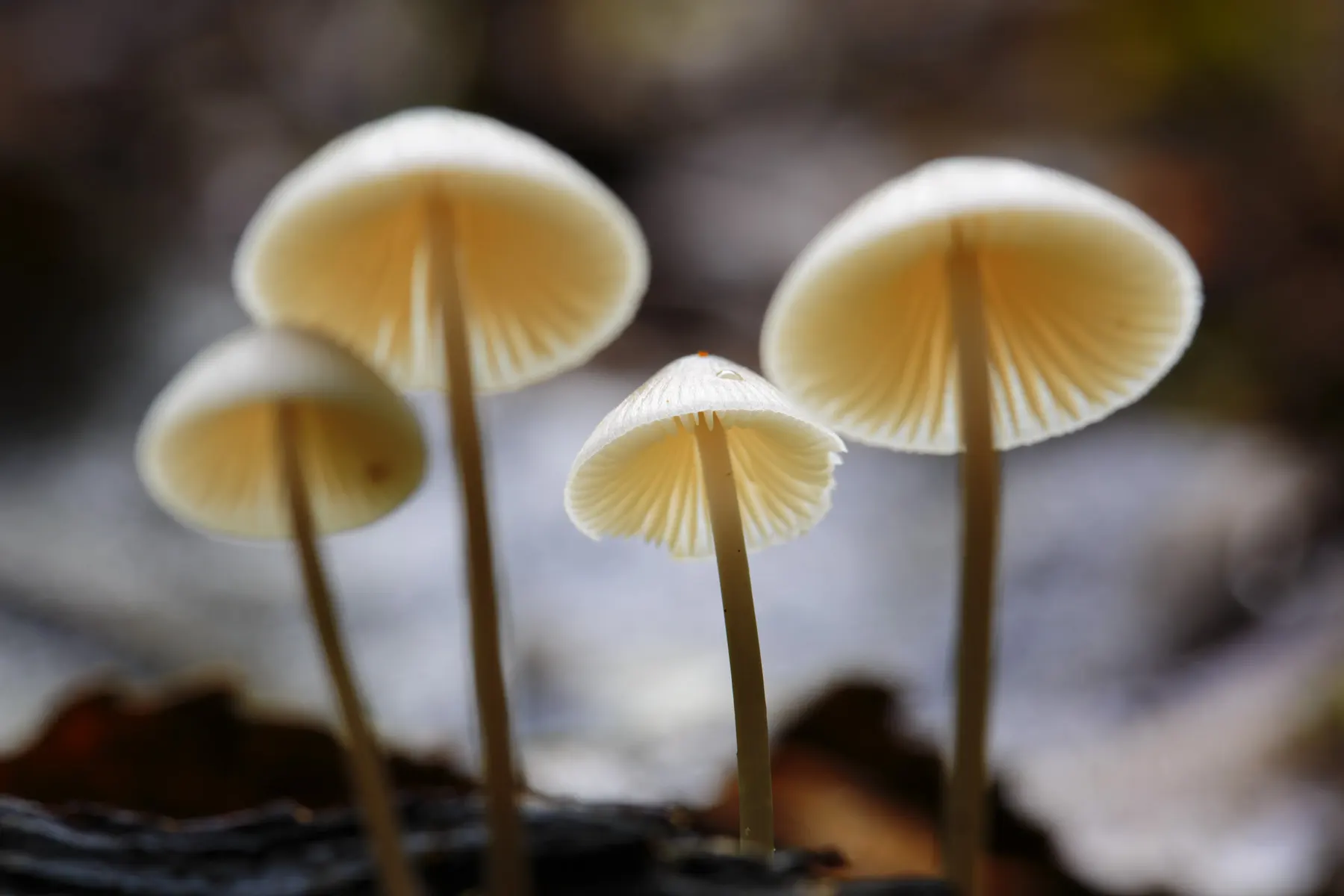
From my experience, the Tamron SP 90mm f/2.8 Macro Lens is stellar. Its Vibration Compensation ensures crisp shots, while the 1:1 magnification captures intricate details.
The silent autofocus is a bonus, making it a favorite in my gear.
6. Olympus M.Zuiko Digital ED 60mm f/2.8 Macro Lens
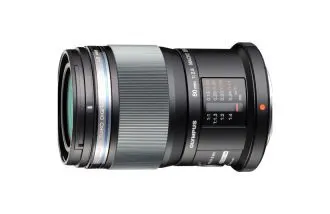
Source: explore.omsystem.com
In my photography toolkit, the Olympus M.Zuiko 60mm f/2.8 Macro stands out. Its sharpness is unmatched, capturing macro details brilliantly.
Lightweight yet durable, its fast autofocus and bokeh quality make it an indispensable asset in my shoots.
7. Fujifilm XF 80mm f/2.8 R LM OIS WR Macro Lens
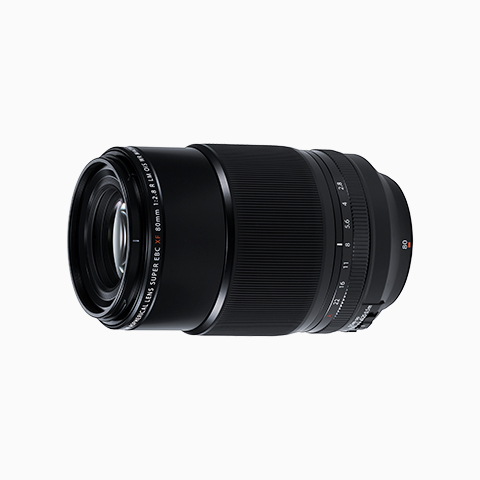
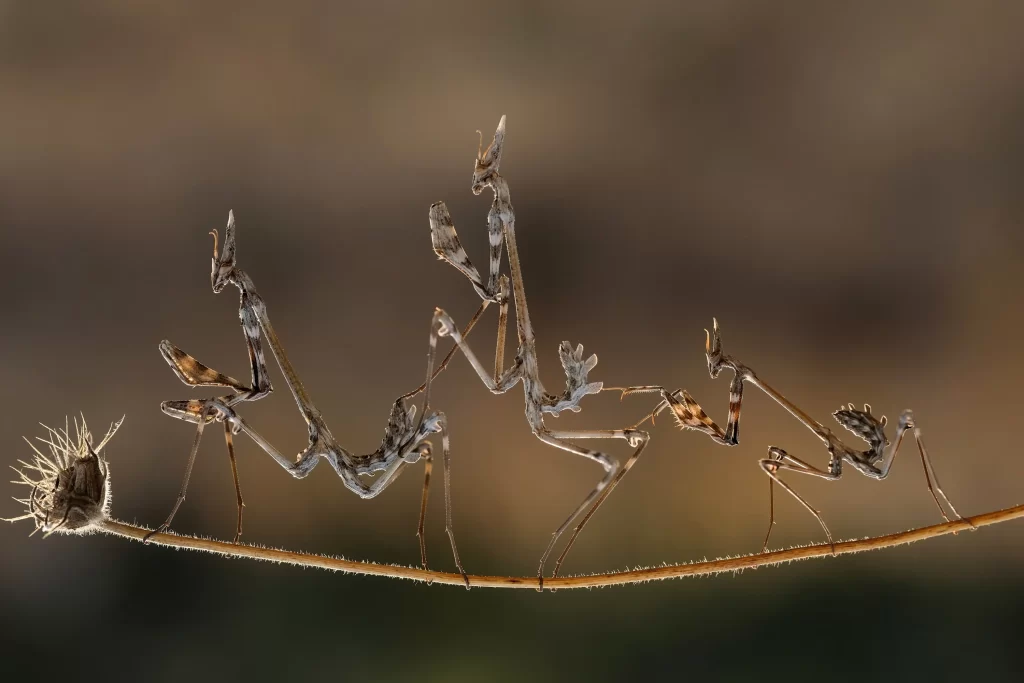
My experience with the Fujifilm XF 80mm f/2.8 Macro has been stellar.
Its sharpness, combined with Optical Image Stabilization and weather resistance, makes it perfect for detailed captures. The silent autofocus and dreamy bokeh are simply the icing on the cake.
Factors to Consider When Choosing a Macro Lens for Adventure Photography
When considering a macro lens for adventure photography, it’s essential to look at factors like weather sealing, image stabilization, and build quality, as these lenses will often be used in challenging outdoor conditions.
Let’s take a deeper look at it.
· Focal Length
Macro lenses come in various focal lengths, from wide-angle to telephoto.
I found that a longer focal length provides more distance between the camera and the subject, which is ideal for skittish creatures.
· Image Stabilization
Should You Use Image Stabilization With a Macro Lens? is a common query. Image stabilization can be a boon, especially when shooting handheld in dynamic adventure settings.
However, for ultra-close shots, a tripod might be more effective.
· Weather Sealing
Adventure photography often means braving the elements. A weather-sealed lens ensures that a sudden downpour or dust storm won’t ruin your equipment.
· Magnification Ratio
For true macro photography, especially with insects, a 1:1 magnification ratio is desirable.
This means the subject is reproduced on the camera sensor at its actual size.
· Price
Another important I’ve considered is the price. Macro lenses range from affordable to high-end.
So, it’s essential to balance your budget with the lens’s features and performance.
The Genre of Macro Lenses in Adventure Photography
· Is a Macro Lens Good for Wildlife Photography?
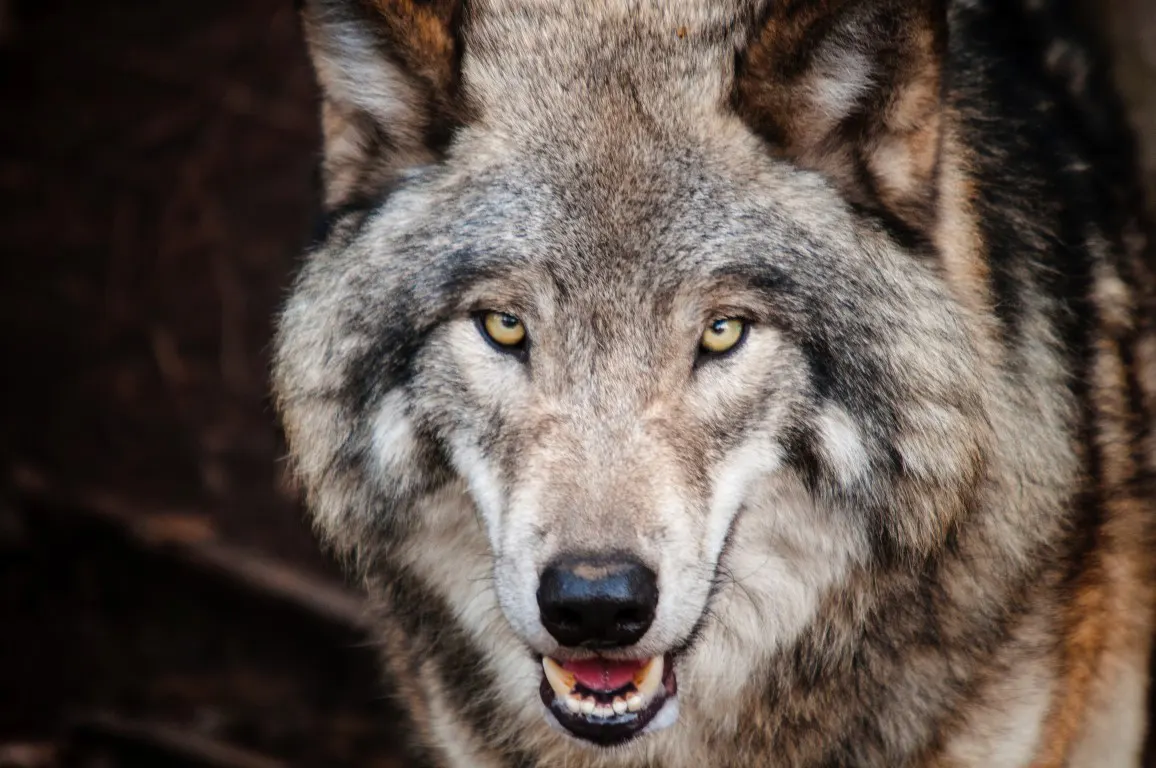
The answer lies in the kind of wildlife you’re aiming to capture.
For smaller creatures like frogs, lizards, or birds close, a macro lens proves invaluable. It enables me to seize detailed shots, uncovering textures and nuances that standard lenses might overlook.
I believe you’ve already referred to wildlife photography guides. Some of them include topics like how do you take pictures on a hiking trail, wildlife photography camera settings tips tricks.
· Macro Lens for Insects Photography
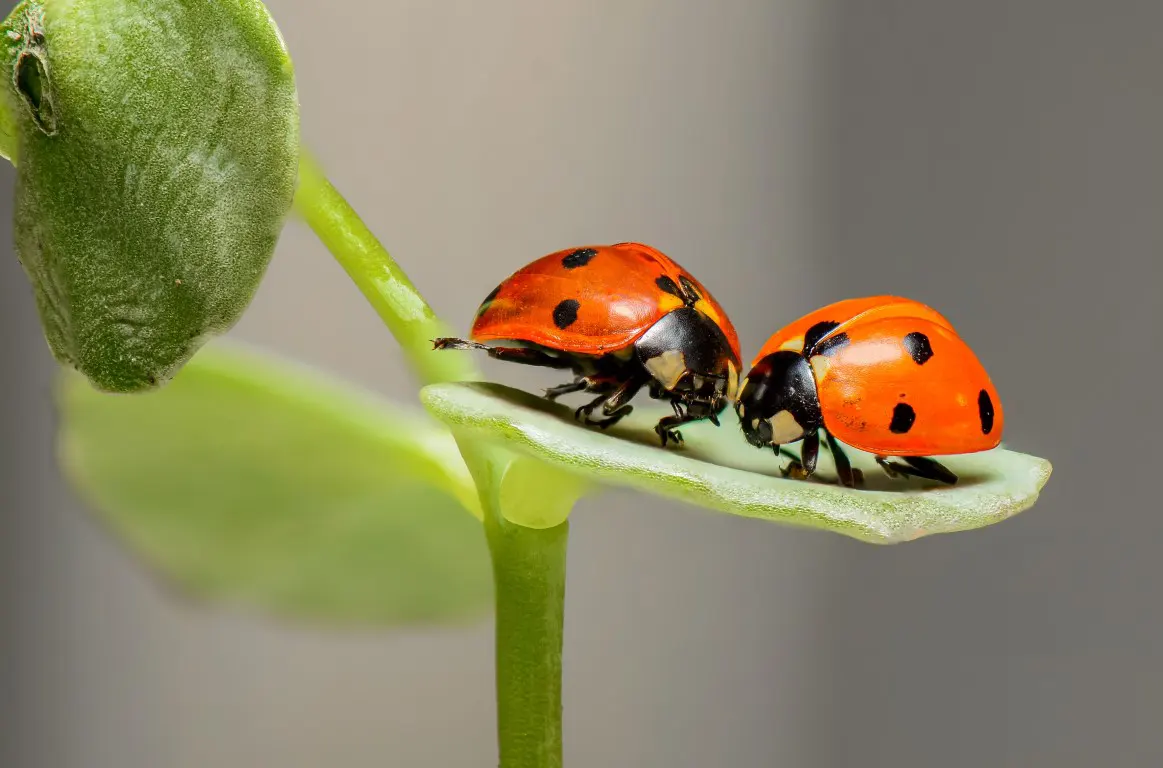
For those intrigued by the world of insects, a macro lens is indispensable.
With the right macro lens, photographers can showcase the intricate patterns of a butterfly’s wings or the minute details of a dragonfly’s eyes, turning a simple insect into a work of art.
· For Snow Photography
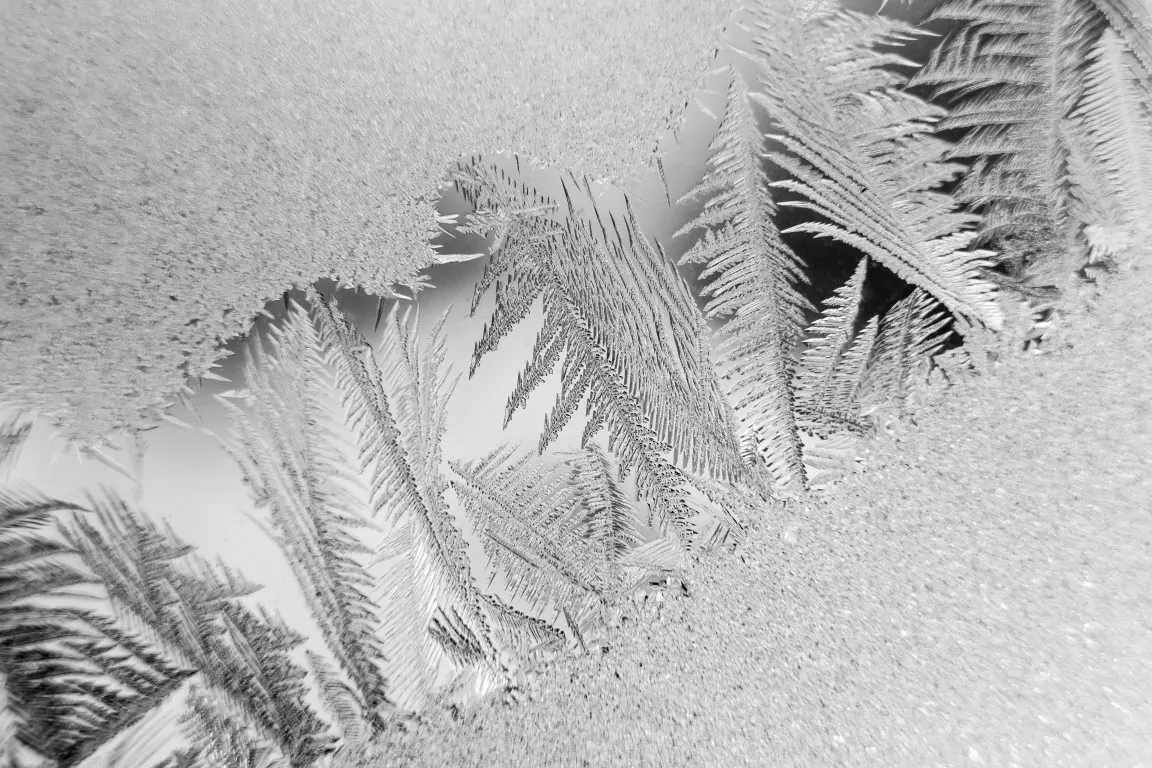
During my skiing escapades on majestic mountains, I frequently turn to my macro lens for snow photography.
It’s remarkable how this lens captures the intricate crystalline structures of snowflakes and the shimmering play of light on the snow’s surface, bringing out the ethereal beauty of winter in unparalleled detail.
If you are interested in capturing snowflakes like I am, check out the article on how to photograph snowflakes.
Tips for Using a Macro Lens in Adventure Photography
Besides choosing the best macro lens, it’s worth following some tips to maximize the output of your photographs.
The following tips have helped me perfect my shots. You can try them too.
- Whether you’re using image stabilization or not, a tripod can be a game-changer, ensuring sharp images are free from camera shake.
- The golden hours—just after sunrise and just before sunset—offer soft, diffused light, perfect for macro shots.
- When photographing wildlife or insects, move slowly to avoid disturbing your subject.
- Don’t be afraid to try different angles, perspectives, or settings. Sometimes, the most unexpected shots are the most breathtaking.
Additionally, I found an interesting video on the complete shooting and editing tutorial for macro photography for adventure shoots. You can refer to it as well.
Conclusion
In the realm of adventure photography, the right macro lens can elevate your captures, revealing nature’s intricate wonders.
From the delicate wings of butterflies to the crystalline beauty of snowflakes, macro lenses offer a unique perspective. Drawing from my personal experiences and the lenses I’ve highlighted, it’s evident that investing in a quality macro lens and following expert tips can truly transform your photographic journey.
Dive in and explore the macro world!
Justin Parker is a professional photographer and has been in the industry since 2007. He attended the University of Georgia. Justin combines his passion for photography and his interest in writing to give life to this blog which talks about photography in order to help and inspire young photographers.

